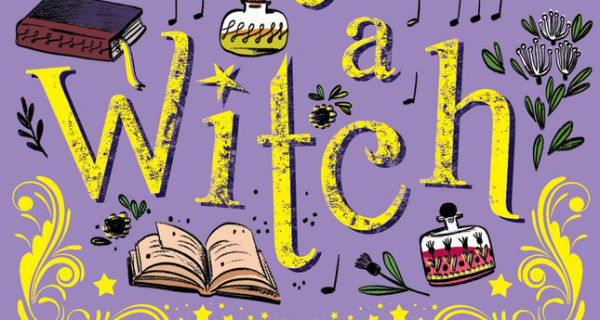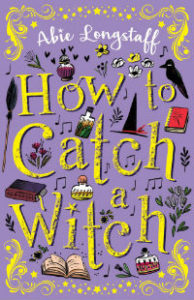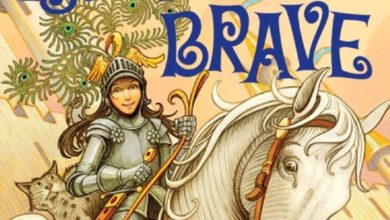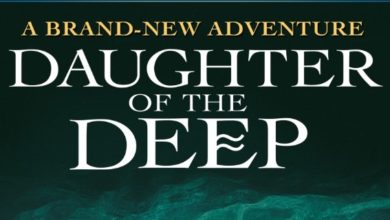
By: Ned Miller
It is not often that I get to fall in love with a book or an author, these days. I have read too extensively to have this fresh perspective, required in order to read a book with the same wide-eyed wonder as I used to in my youth. But it does happen, and when it happens it’s a wonderful feeling! This is what happened to me while reading Abie Longstaff’s How to Catch a Witch. It’s a rather short and sweet little children’s book, mind you. Nothing too deep or complex, and yet, as with the best books, it ends up being more than the sum of its pages.

The book tells the story of Charlie, a young teenage girl, who’s going through a rough time, after moving with her family to an old cottage in a remote village, due to some financial hardships. Needless to say, she is not pleased with this turnout of events. If that’s not enough, her stutter has come back, and it’s becoming as bad as it ever was.
In her plight, she decides to search for a witch and ask her to take her stutter away. This is how she ends up finding Agatha, who lives in a secluded cabin in the woods, looks for all intents and purposes like a witch, and therefore must be one. But not the black-gowned, pointy-hatted kind – the real kind. Soon after, however, she finds that her worry about her stutter takes the back sit, as she finds out one of the girl in her school carries a terrible curse, and the time to save her is running out fast.
How to Catch a Witch is a wonderful book, in the tradition of Mary Stewart’s The Little Broomstick. It has that nostalgic quality to it, which makes it perfect for children as well as for fantasy-loving adults, who’ve grown up on “the classics.” However, despite its oldie vibe, Longstaff’s story boasts a natural egalitarian plot, in which fathers can stay at home and renovate the house, while mothers go to work, full-time, to maintain the family’s financial needs. Nobody is above anybody else, and no explicit moralization.
That said, the main characters in the story are predominantly feminine – Charlie, Agatha, Charlies friend Kat etc. This may come as a very welcome characteristic for young girls, who may find it refreshing to read a book which puts their own experiences at its center, and not make due with feminine supporting roles. But does that mean that Longstaff’s book is for girls? Not at all. Boys have more than their fair share of male-oriented books, and Longstaff’s characters and story are engaging enough to be attractive to any lover of children’s fantasy, regardless of sex.
The gender-less, natural quality of the story is the reason why I found the book’s cover to be one of its weak points. With its pinkish hue and shiny-starry decorations, the book’s cover seems to wordlessly declare itself to be a purely “girly” book. It is not, and it is a shame that boys might be put off by its cover and miss this lovely tale of magic and friendship.
My recommendation for girls and boys alike – don’t judge this book by its cover, leave all prejudices behind, dive right in and enjoy!
For more information about Abie Longstaff, visit her Website
How to Catch a Witch
By: Abie Longstaff’s
Published by: Scholastic Press (2016)
240 pages




